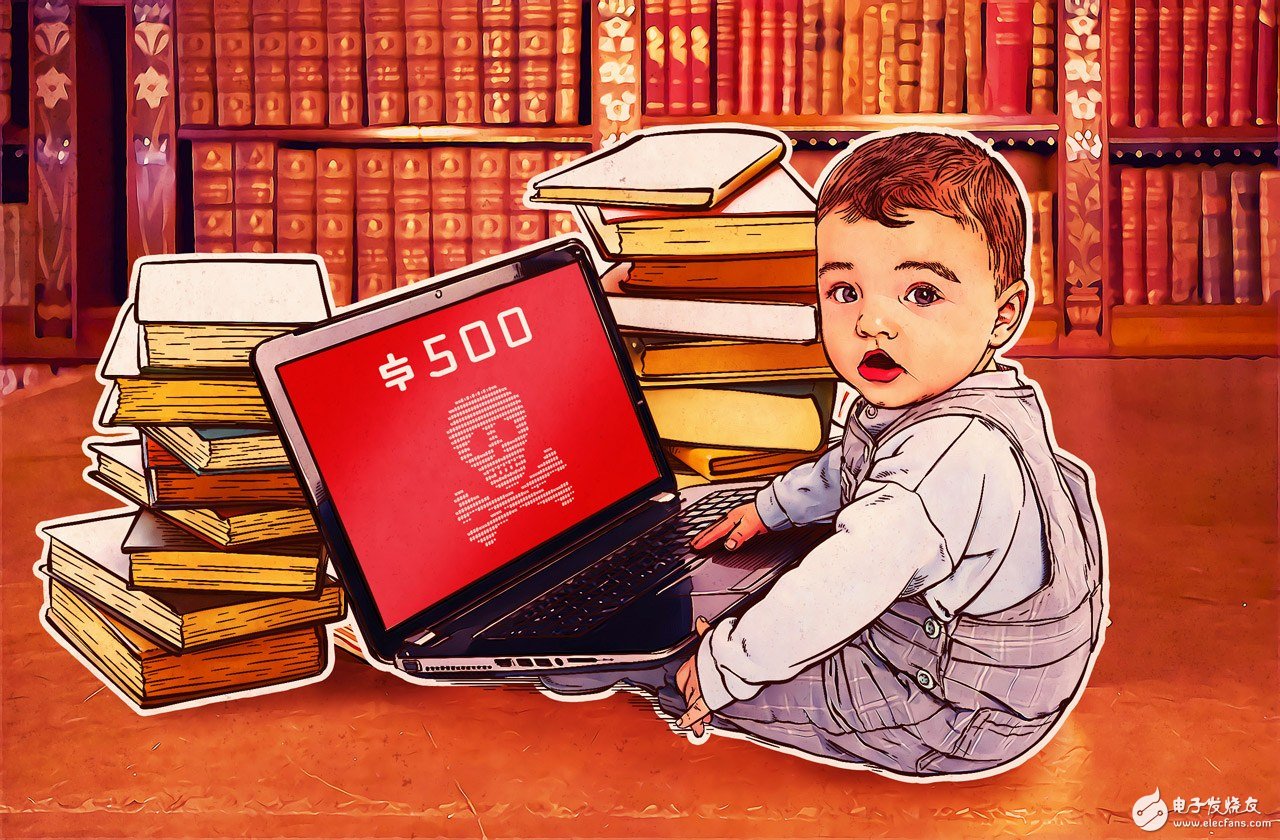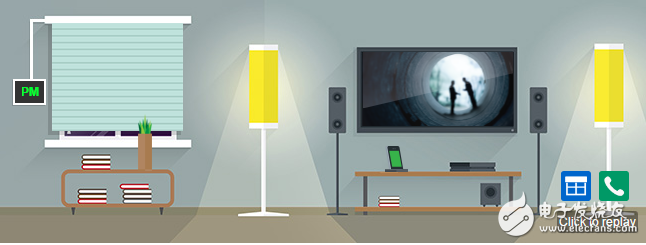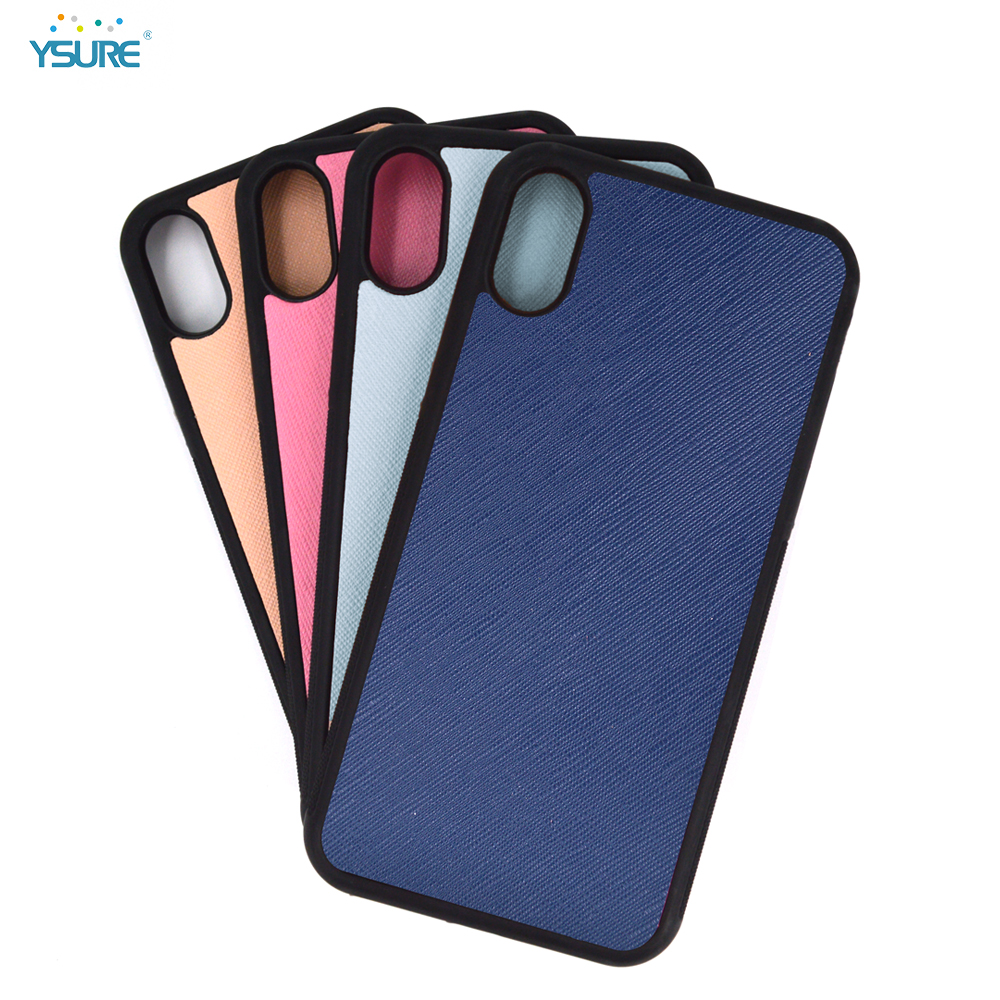One day, all the switch buttons will disappear. People no longer need to turn the console through the remote control, or turn off the lights through the switch. These devices will automatically operate according to their designed features, without user intervention: no clap, no voice commands, no gestures in the air. They will have some degree of autonomy and therefore no human intervention. This will be an inevitable, very close, and very real future. Wisdom technology has arrived, and it will only become smarter.
When people talk about these technologies and the Internet of Things (IoT), it is often the automation of these devices and infrastructure to make it a "smart" standard, but in fact, optical automation is not.
First, any device categorized under the Internet of Things must go beyond its most primitive basic functions. It must be able to receive, process, and transmit digital information like a personal computer. To achieve this, it must have a second condition: online capabilities. Devices must be able to connect to the Internet and even communicate with other smart devices in the vicinity.
For example, the automated curtains in the smart home will automatically turn on at sunrise, and the smart light bulb in the room will be automatically turned off. This linkage not only introduces natural light, but also brightens the interior and saves energy. An example of another device communicating with each other is that whenever the phone rings, the smart TV automatically turns down the volume, making it easier for the user to hear the phone ring.
Automation and connectivity are both the driving force behind the Internet of Things and the resistance.

Family Internet of Things is bound to rise
The development of the Internet of Things has been stagnant for many years because users find that smart devices are not practical. And these unique equipment are costly to produce, so prices are high. A few years ago, they were arguably luxury, not necessities. Moreover, not every country has the right infrastructure to connect to the Internet. As a result, early adopters were tech enthusiasts, and they needed to be able to afford IoT devices in areas where they could benefit from such devices.
However, the trend of the market has changed. Nowadays, people are beginning to rush to smart devices. On the one hand, in order to pursue the convenience of life, on the other hand, in pursuit of personal life enjoyment. This point has already been noticed by the industry.
The market's wind direction has already changed. Nowadays, people are beginning to rush to smart devices. On the one hand, in order to pursue the convenience of life, on the other hand, in pursuit of personal life enjoyment. This point has already been noticed by the industry.
The US Silicon Valley technology companies with billions of market capitalization are racing to pursue innovation, so a wide range of IoT devices are available for public choice. All companies, regardless of size, will be forgotten by the market as long as they ignore this trend. This is reminiscent of the fact that the mobile phone giant was unable to grasp the consumer demand for smartphones and finally disappeared into the horizon.
In 2018, there will be more than one billion connected devices worldwide.
Market research consultancy Gartner even predicts that by 2018, there will be more than one billion connected devices worldwide, and this number only includes smart homes. Another billion devices are expected to appear in smart commercial buildings, and the remaining one billion devices will be distributed in a variety of industries, such as healthcare, transportation, and other industries that drive smart city operations.
The metropolitan areas of Japan and Germany have begun to embrace the wave of smart homes. In these areas, the Internet of Things has been deeply integrated into people's lives and become a daily necessity.
In the metropolitan area of ​​Japan, where commuting is extremely high, commuters can use home automation to make the most of travel time and save energy. For example, an apartment with smart kitchen appliances can prepare delicious dishes while the owner steps into the door of the apartment.
In Germany, where the elderly population is huge, many people choose to wear health monitors. In the event of an emergency (such as a heart attack), the device can automatically call emergency rescue. Therefore, such monitors can indeed save lives.

Take responsibility for the safety of the family Internet of Things
So the question is: who should take responsibility for the security of the Internet of Things.
The layout of the Internet of Things is constantly evolving. As the Internet of Things moves out of the family and into the city, the dominance of users will be greatly weakened.
Should it be borne by users of the Internet of Things? For now, the answer seems to be the case. Because the user is free to choose which devices to import at home. They can install a smart home entertainment system at home and fully understand what information the device will send to the vendor each time it is used. Users must always make a trade-off between personal privacy and safety, and the comfort and satisfaction of life.
But the territory of the Internet of Things is constantly evolving. As the Internet of Things moves out of the family and into the city, the dominance of users will be greatly weakened.
A good example of this is that new smart apartments have begun to be equipped with IoT devices such as surveillance cameras or emergency sensors. Residents of these apartments will be forced to undergo some degree of surveillance. Imagine what would happen if all the newly built buildings in the future, whether public or private, had to be installed.
Once smart technology is widely used in public buildings or vehicles, users will be completely unable to control their privacy and personal safety. As a result, the burden of security will shift from the user to the producer of the IoT device. So, what kind of danger should manufacturers foresee to protect their users and their businesses to prevent possible disasters?
The phone case cover with the protect function , and you could put the card slots ,it more convient you life .We sell Leather Phone Case, Folio Leather Phone Case,Card Slot Back Cover ,Universal Leather Phone Case.


We employ the most creative designers and tech brilliant engineers to make the best cases. We believe our high-quality products with competitive prices will satisfy your needs.
The productive process :
Make the Products Mould -Cutting the fabric -Do the half products -Finish products - Cleaning -QC- Package -Shippment .
Phone Case,Phone Sleeve,Mobile Phone Case,Custom Phone Cases
Guangzhou Ysure Electronic Technology Co., Ltd. , https://www.ysurecase.com